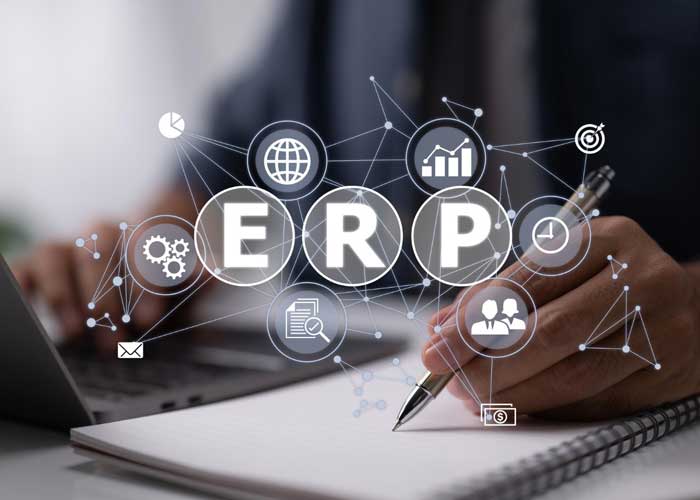
Ecommerce
ERP systems provide a comprehensive backbone for e-commerce businesses, managing everything from inventory and order fulfillment to customer relationships and financial transactions.
Business Problem
Without integration, eCommerce and ERP systems often operate independently, leading to data silos. Inventory, sales, customer, and financial data are stored in separate systems, which can result in inefficiencies and errors. Lack of real-time data, duplicate data entry, and difficulty in tracking business performance. Businesses with unique processes or industry-specific needs may find it difficult to find off-the-shelf solutions.Protecting customer data, payment information, and other sensitive data is crucial.
Our Approach
Approach 1
Thorough Assessment and Planning:
- Business Needs Analysis: We conduct a detailed assessment of your business objectives, processes, and pain points.
- Technology Evaluation: We evaluate your existing ERP and e-commerce systems to identify their strengths, weaknesses, and compatibility.
- Integration Roadmap: We develop a customized integration roadmap outlining the key steps, timelines, and resources required.
Approach 2
Data Migration and Synchronization:
- Data Mapping: We create a detailed data mapping plan to ensure accurate and consistent data transfer between systems.
- Data Cleansing: We clean and standardize your data to improve data quality and integrity.
- Synchronization Mechanisms: We implement robust synchronization mechanisms to maintain data consistency in real-time.
Approach 3
Integration Implementation:
- API Integration: We leverage APIs to establish seamless communication between your ERP and e-commerce systems.
- Middleware Solutions: If necessary, we implement middleware solutions to facilitate data exchange and integration.
- Testing and Quality Assurance: We conduct rigorous testing to ensure the integration functions as expected and meets your business requirements.
Approach 4
Security and Compliance:
- Risk Assessment: We conduct a thorough security assessment to identify potential vulnerabilities.
- Data Protection: We implement robust security measures to protect sensitive data and comply with relevant regulations.
- Regular Audits: We conduct regular security audits to ensure ongoing compliance.









